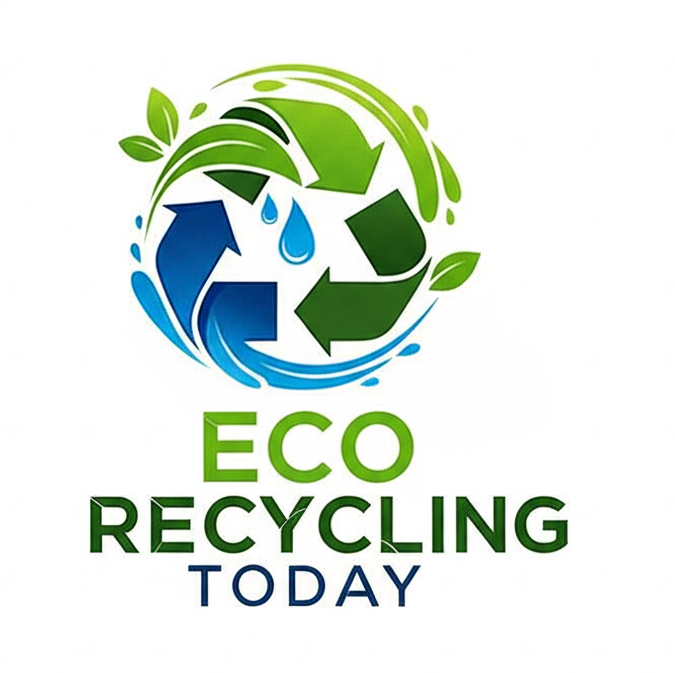Textiles, encompassing everything from clothing to household fabrics, are integral to our daily lives but also pose significant challenges when disposed of improperly. By embracing textile recycling, individuals and communities can contribute to reducing waste, conserving resources, and fostering a more sustainable future.

Textile Recycling Process
- Collection: Textiles are collected from households, businesses, and institutions through donation bins, charities, thrift stores, and textile recycling programs.
- Sorting: Collected textiles are sorted based on type, quality, and condition. Wearable items may be sold or donated, while damaged or unsuitable textiles are prepared for recycling.
- Processing: Textiles undergo various processes to remove contaminants, such as buttons, zippers, and embellishments. They are then shredded or torn into fibers.
- Manufacturing: Recycled fibers are used to create new textile products, including clothing, insulation, carpeting, and industrial rags.
Textile Recycling Technology
Textile recycling is gaining momentum with the rise of fast fashion waste and growing demand for circular materials. Two primary methods are used: mechanical recycling and chemical recycling, each supported by specific technologies.
1. Mechanical Textile Recycling Machines
- Fabric Shredders: Tear fabric into fibers or smaller pieces.
- Openers: Loosen fibers from used garments or offcuts.
- Carding Machines: Align and clean fibers before re-spinning.
- Blending Systems: Mix recycled fibers with virgin fibers to enhance durability.
Best for: Cotton, wool, polyester blends with minimal contamination.
2. Chemical Textile Recycling Technology
- Solvent-Based Recycling Units: Use chemical processes to dissolve synthetic fabrics (like polyester or nylon) and separate pure polymers for reuse.
- Enzymatic Hydrolysis Units: Break down natural fibers (like cotton) into cellulose.
- Monomer Recovery Systems: Convert used textiles into base chemicals (e.g., PET to terephthalic acid and ethylene glycol).
Best for: Complex blends, dyed fabrics, garments with elastane or coatings.
3. AI-Powered Textile Sorting Systems
- Identify fiber types, colors, and contaminants using sensors and machine learning.
- Improve sorting speed and material purity.
- Reduce reliance on manual labor and misclassification.
4. Dye Removal & De-Colorization Units
Remove colors from fabrics during the chemical process to create neutral recycled fibers.
Textile Recycling Tips
- Donate Wearable Clothing: If your clothing is still in good condition, consider donating it to charities, thrift stores, or textile banks.
- Recycle Unwearable Textiles: Even damaged or worn-out textiles can be recycled. Look for textile recycling programs or drop-off locations that accept all types of fabrics.
- Educate Yourself: Understand which textiles are recyclable in your area and how to properly prepare them for recycling to minimize contamination.
Environmental Benefits
- Waste Reduction: Textiles represent a substantial portion of municipal solid waste globally. Recycling textiles diverts these materials from landfills, where they contribute to environmental degradation and greenhouse gas emissions.
- Conservation of Resources: Textile production consumes vast amounts of natural resources such as water, energy, and raw materials (e.g., cotton, wool, polyester). Recycling textiles reduces the demand for new materials, conserving these precious resources.
- Reduction of Chemical Use: The production of textiles often involves the use of chemicals and dyes that can harm the environment. Recycling textiles minimizes the need for these processes, thereby reducing pollution and water contamination.
- Energy Savings: Recycling textiles requires less energy than producing new textiles from raw materials. This includes energy saved in harvesting, processing, and transporting raw materials.
Textile recycling is a crucial component of sustainable waste management and resource conservation efforts. By recycling textiles, we reduce waste, conserve resources, and minimize the environmental impact of textile production and disposal.
As individuals, communities, and businesses, we have the power to support a circular economy where textiles are reused, repurposed, and recycled to their fullest potential. Embracing textile recycling not only benefits the environment but also contributes to economic growth and community resilience. Let's continue to prioritize textile recycling as part of our commitment to a greener and more sustainable future for all.
If you need a smart solution for textile recycling, we can provide advanced systems that recover, process, and repurpose discarded fabrics and garments into reusable raw materials. From post-industrial offcuts to post-consumer clothing waste, our equipment supports sustainable waste management across the textile, fashion, and manufacturing industries.
